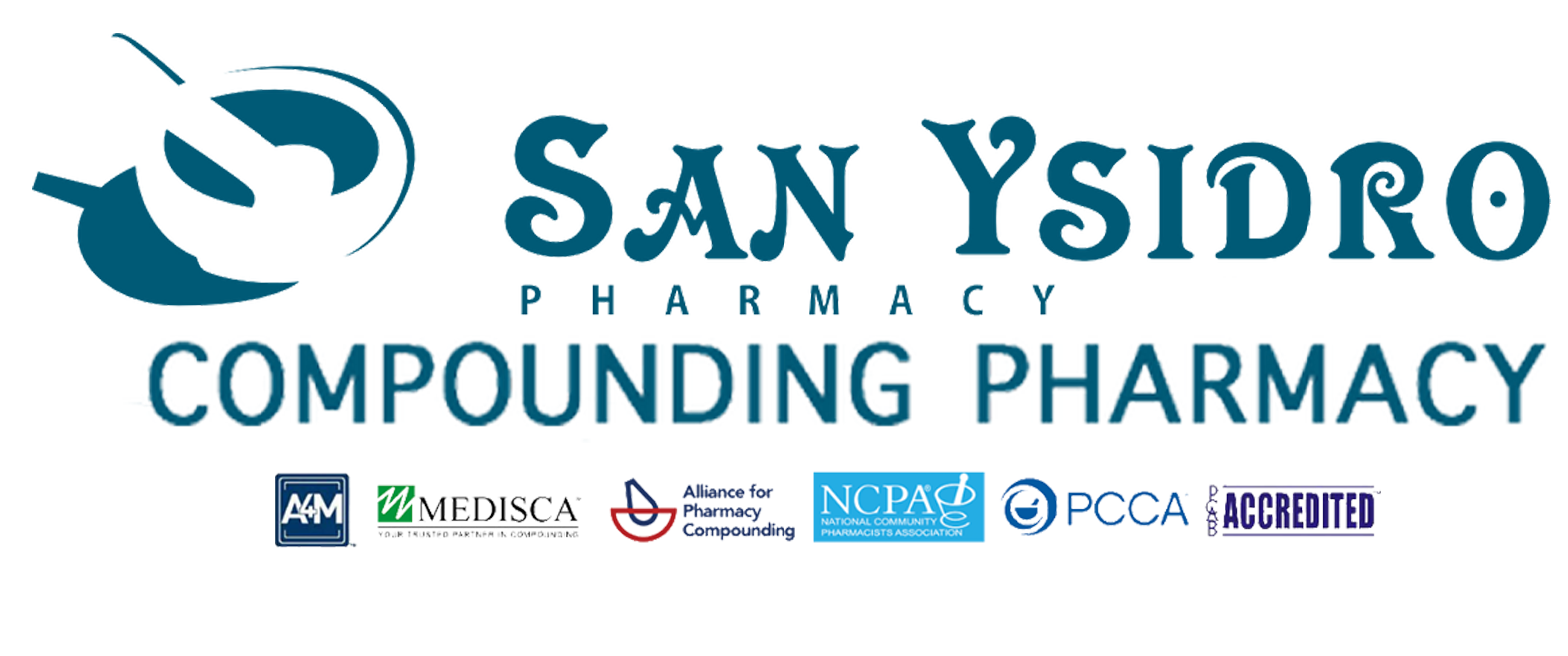Pain Management
An estimated 50 million Americans are partially or totally disabled due to chronic pain. And those patients are spending serious money on over the counter (OTC) medications like ibuprofen (Motrin) and acetaminophen (Tylenol) which may only provide marginal relief at most sometimes. There are more innovative ways in pain management that can be implemented which can provide greater relief, for example topical pain creams. To find out more about this call for a consultation with Scarlett Eckert Pharm.D. or Andrea Dominic RPh.
Pain is the most common symptom for which individuals seek medical help. Acute pain can easily evolve into chronic pain. Chronic neuropathic pain is the result of multiple sources, often unknown, but which share a common pathway of how pain is perceived and registered. Examples include:
- Diabetic peripheral neuropathy
- Post-herpetic neuralgia
- Fibromyalgia
- Post-surgical neuropathy
- Thoracic outlet syndrome, etc.
Commercially available pain medications often cause drowsiness, dizziness or stomach upset. Those taking pain medications learn to accept these conditions as part of life.
Topical Pain Relief More Effective & Eliminates Many Side Effects
Compounding pain relief medications in the pharmacy into pain creams, gels or sprays provides a more effective way to treat the pain and can also eliminate common side effects such as drowsiness, dizziness or stomach discomfort.
As patients vary in size, symptoms and pain tolerance, commercially available medications often do not provide an appropriate strength dose. Through compounding, a physician and pharmacist can customize a medication to the exact amount needed by the patient.
